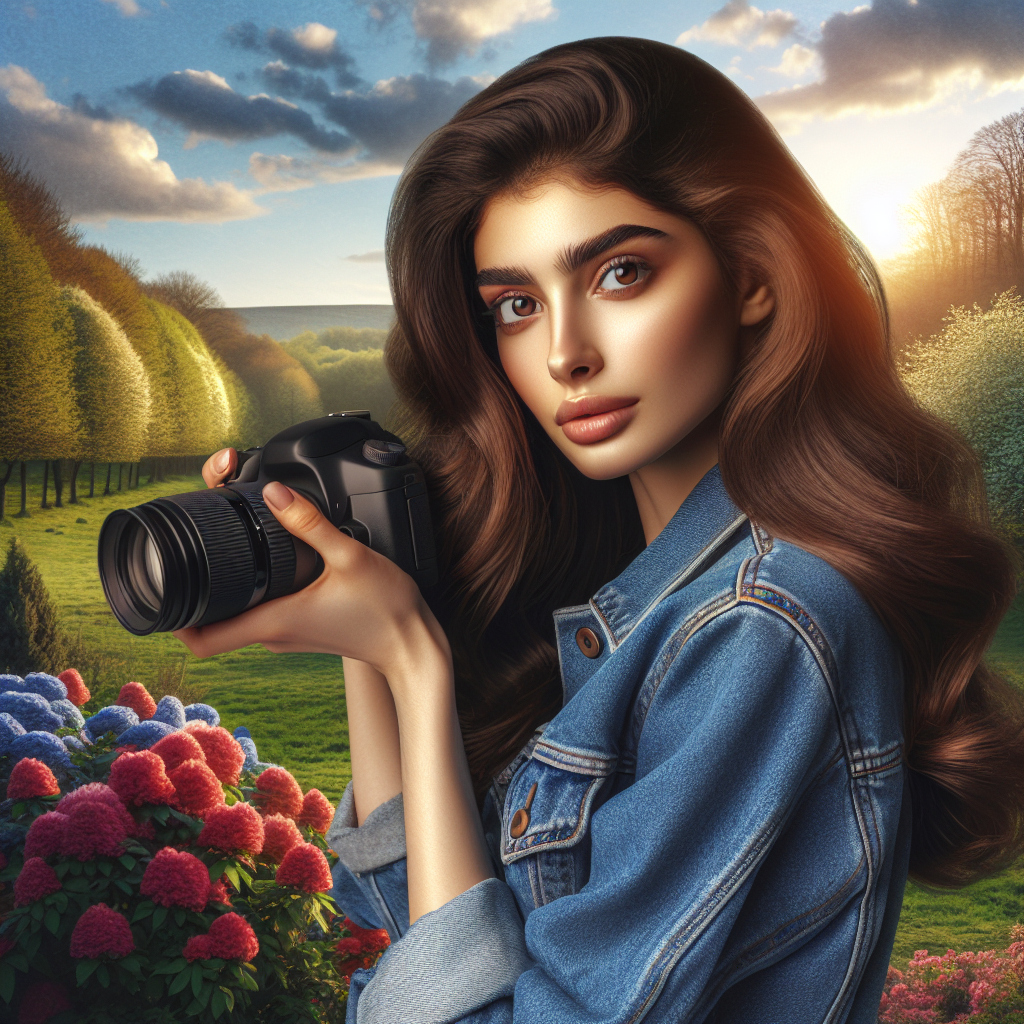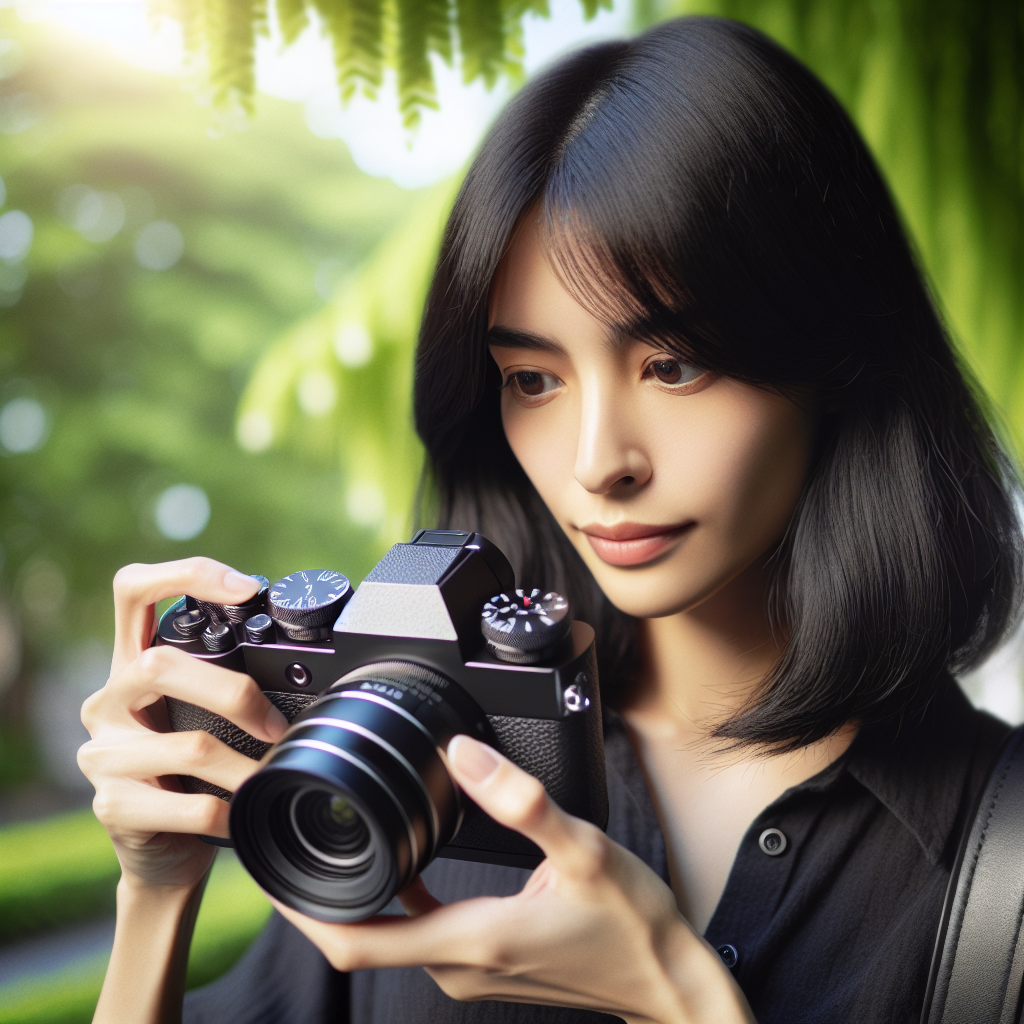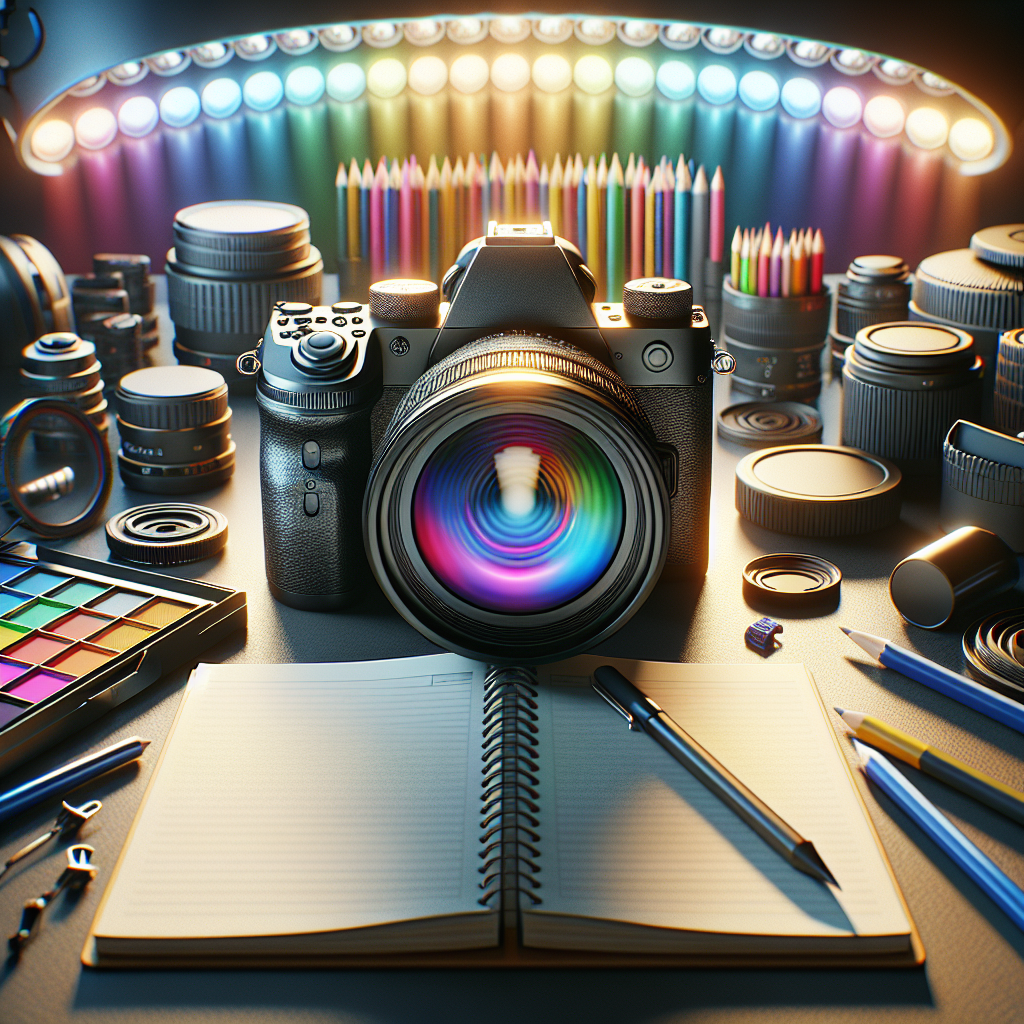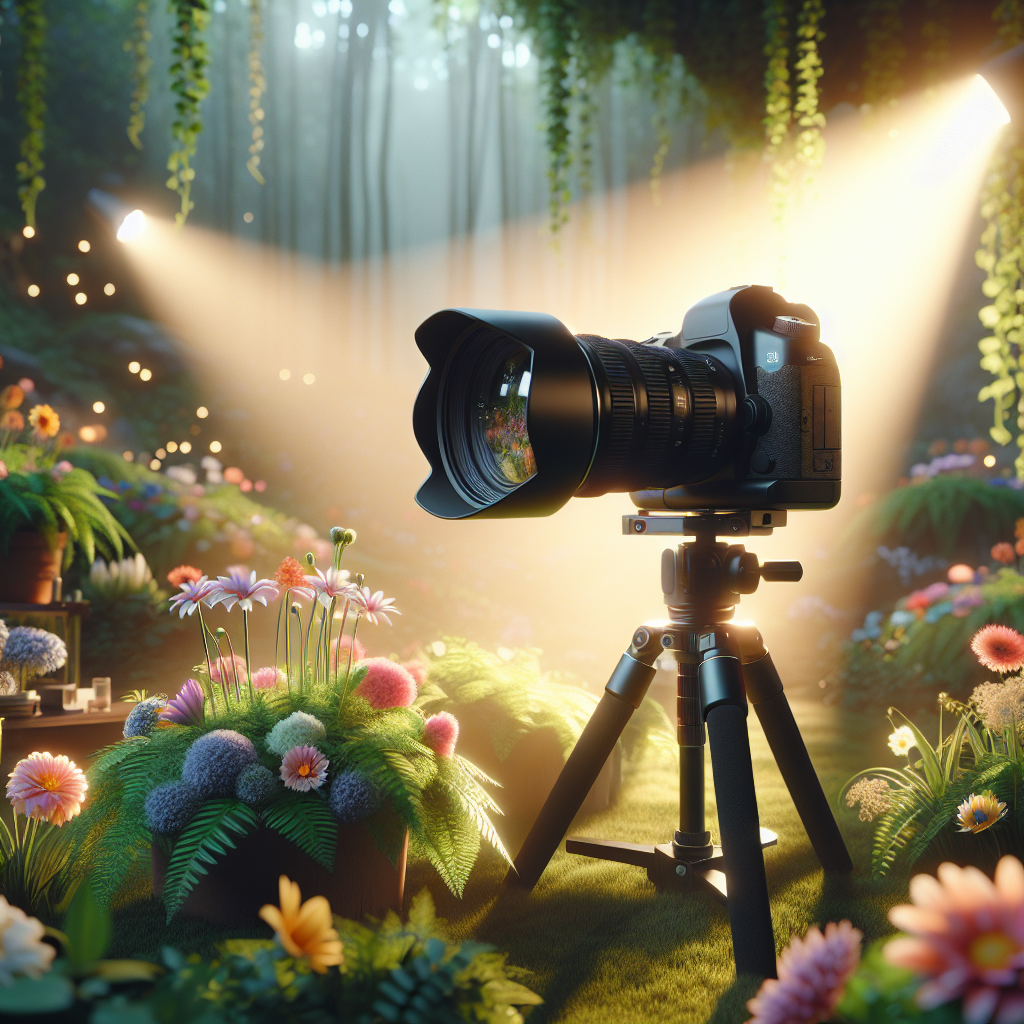Discover How to Take Nice Photos Like a Pro!
To truly elevate your photography skills, it’s essential to have a solid grasp of your camera settings. Understanding how to manipulate these settings allows you to create stunning photos that reflect your unique artistic vision. Here are some key elements to focus on:
- ISO: This controls the camera's sensitivity to light. A lower ISO is ideal for bright conditions, while a higher ISO can help in low-light environments, but be cautious of graininess.
- Aperture: The aperture setting affects the depth of field in your images. A wider aperture (lower f-stop number) creates a blurred background effect, drawing attention to your subject, while a narrower aperture keeps more of the scene in focus.
- Shutter Speed: This determines how long the camera's shutter stays open to let light in. Faster shutter speeds can freeze motion, while slower speeds can create beautiful motion blur.
- White Balance: Adjusting the white balance ensures that colors in your photos appear natural under various lighting conditions.
By experimenting with these settings, you’ll gain confidence and discover how to take nice photos that truly resonate with viewers. Understanding your camera is the first step to capturing the beauty around you.
Are you ready to make the most of your photography journey? Book a session today and let’s create some unforgettable memories together!
Mastering Composition Techniques for Beautiful Images

Composition is a fundamental aspect of photography that can dramatically influence the impact of your images. Mastering composition techniques will help you create visually appealing photographs that draw the viewer's eye. Here are some essential composition techniques to consider:
- Rule of Thirds: Imagine dividing your frame into a 3x3 grid. Positioning your subject along these lines or at their intersections can create a more balanced and engaging image.
- Leading Lines: Use natural lines in the scene, such as roads, paths, or rivers, to lead the viewer's eye toward the main subject, adding depth and interest.
- Framing: Incorporate elements in your foreground to frame your subject. This technique can create a sense of depth and context within your photos.
- Negative Space: Don't be afraid to leave empty space around your subject. This technique can emphasize your subject and create a minimalist aesthetic.
- Symmetry and Patterns: Look for symmetrical scenes or repeating patterns that can add a sense of harmony and order to your composition.
By applying these composition techniques, you will be better equipped to create beautiful images that capture attention and convey emotion.
Utilizing Natural Light to Enhance Your Photography
Natural light is one of the most powerful tools in a photographer's arsenal. Understanding how to utilize it effectively can elevate your photography from ordinary to extraordinary. Here are some key aspects to consider when working with natural light:
- Golden Hour: The hour after sunrise and before sunset is often referred to as the 'golden hour.' During this time, the light is softer and warmer, which can create stunning effects in your photos.
- Direction of Light: Observe the direction from which the light is coming. Side lighting can create depth and texture, while backlighting can produce silhouettes and ethereal effects.
- Diffused Light: On overcast days, the clouds act as a natural diffuser, softening the light and reducing harsh shadows. This can be ideal for portrait photography, resulting in more flattering images.
- Experimenting with Shadows: Shadows can add drama and depth to your images. Look for interesting patterns and shapes created by shadows, and incorporate them into your compositions.
- Reflectors and Bounce Boards: If you find yourself in harsh lighting conditions, consider using reflectors to bounce light onto your subject. This can help to fill in shadows and create a more balanced exposure.
By mastering the use of natural light, you can enhance the overall quality of your photography and create breathtaking images that showcase your subjects in the best possible light.
Incorporating Creative Angles and Perspectives

To truly capture the essence of a moment, incorporating creative angles and perspectives can make all the difference in your photography. Here are some techniques to help you think outside the box:
- Get Low: Shooting from a low angle can create a sense of grandeur and drama. It emphasizes the foreground and can give your images a more dynamic feel. Consider lying on the ground to achieve this perspective.
- Bird's Eye View: Conversely, a high vantage point can provide context and showcase the surrounding environment. Climbing to an elevated position or using a drone can help you capture stunning aerial shots.
- Diagonal Lines: Positioning your camera at an angle can create leading lines that draw the viewer's eye through the image. This technique adds depth and interest, making your composition more engaging.
- Framing: Use natural elements to frame your subject. This could be anything from branches to doorways, which can create a sense of focus and guide the viewer’s attention.
- Experiment with Composition: Don't be afraid to break the rules of traditional composition. Placing your subject off-center can create a more balanced and interesting photograph, drawing the viewer's eye to the entire scene.
By experimenting with different angles and perspectives, you can transform ordinary scenes into captivating works of art that tell a story and evoke emotion.
Editing Your Photos for Professional Quality

Editing is an essential step in the photography process that can elevate your images from good to professional quality. Here are some fundamental techniques and tools to enhance your photos:
- Choose the Right Software: There are several editing programs available, from Adobe Lightroom and Photoshop to free options like GIMP and Canva. Each has its unique features, so select one that fits your needs and skill level.
- Adjust Exposure and Contrast: Fine-tuning the exposure can brighten or darken your image, while adjusting the contrast enhances the difference between light and dark areas, adding depth and dimension.
- Color Correction: Use editing tools to correct colors that may appear washed out or overly saturated. Adjusting the white balance can help ensure that the colors in your photo are true to life.
- Cropping and Resizing: Don’t hesitate to crop your images to improve composition. Resizing them appropriately for different platforms ensures that your photos look their best, whether on social media or in print.
- Sharpening and Noise Reduction: Use sharpening tools to enhance details and make your subject stand out. Additionally, applying noise reduction can smooth out grainy areas, especially in low-light photos.
With these editing techniques, you can refine your photos and achieve a polished, professional look that showcases your unique vision and creativity.
Practicing Consistently to Improve Your Photography Skills

Improving your photography skills requires more than just understanding the technical aspects; it demands consistent practice. The more you shoot, the more you'll learn about your camera, lighting, and composition. Here are some effective ways to enhance your skills through regular practice:
- Set a Schedule: Dedicate specific times each week to practice photography. Whether it’s a weekend walk or a daily session at home, having a set routine helps build familiarity with your camera and techniques.
- Experiment with Different Genres: Don’t limit yourself to one style of photography. Experiment with landscapes, portraits, macro, and street photography. Each genre presents unique challenges and will broaden your skill set.
- Join Photography Groups: Engage with local or online photography communities. Sharing your work and receiving feedback from peers can provide valuable insights and motivate you to improve.
- Challenge Yourself: Set specific goals or challenges, such as a 30-day photo challenge or mastering a new technique each week. These goals will push you to think creatively and step outside your comfort zone.
- Review and Reflect: After each shoot, take time to review your images. Analyze what worked well and what didn’t, and apply these lessons to your next session.
By committing to consistent practice, you will gradually see improvements in your photography skills and gain confidence in your abilities. Ready to take your skills to the next level? Book a session with me, and let’s capture beautiful moments together!